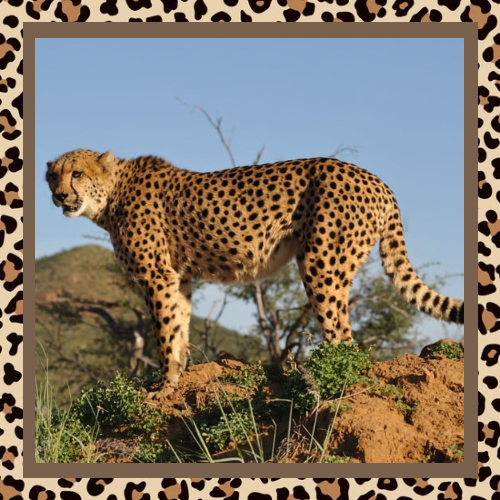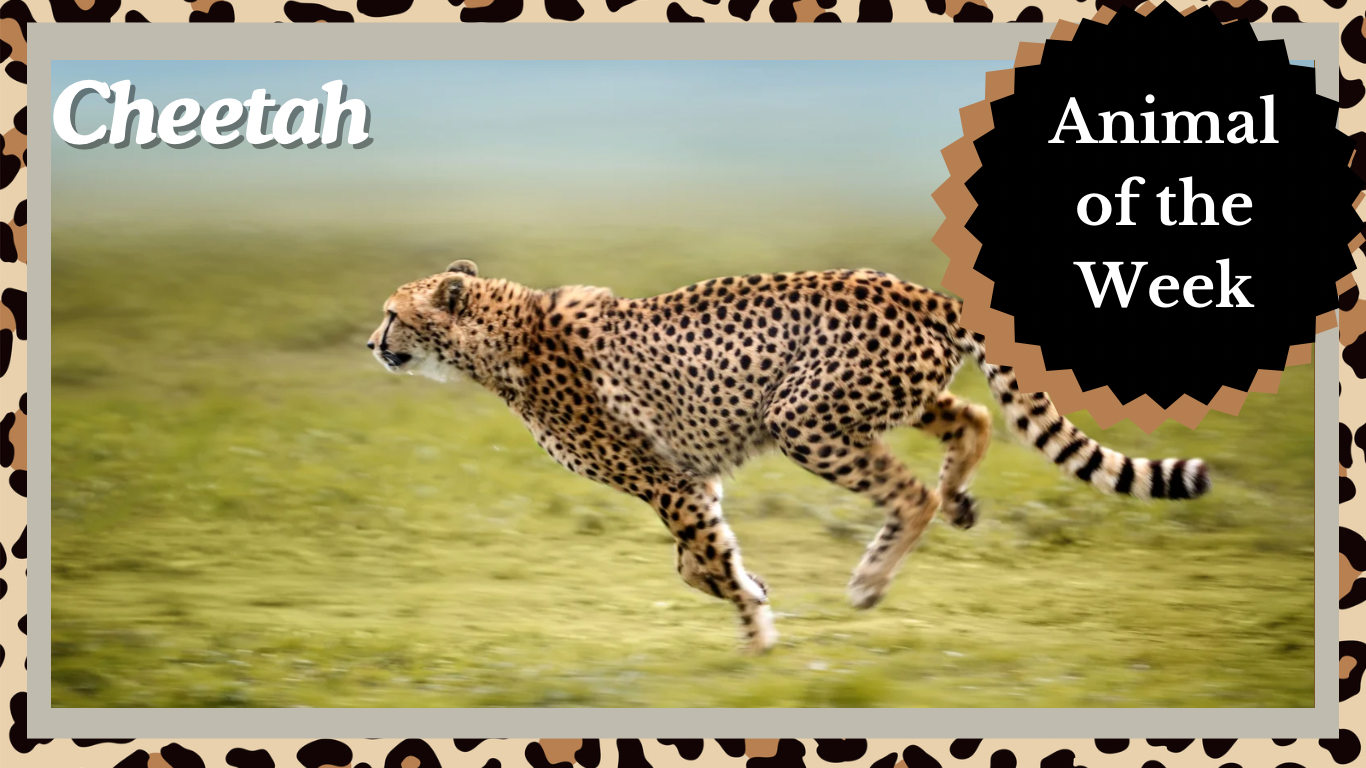Cheetahs occupy a position in the world as the quickest land animals on the planet Earth known for their remarkable speed records and also exhibit a captivating range of characteristics that set them apart as remarkable beings
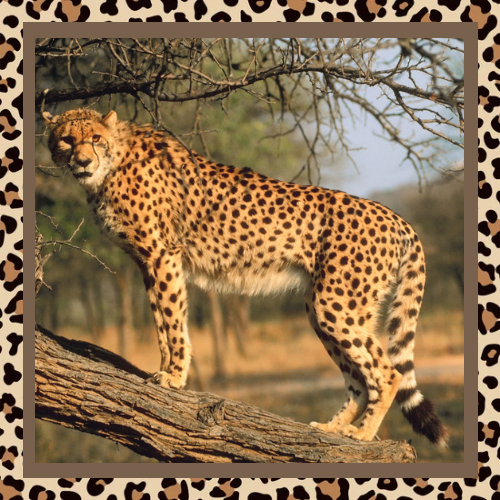
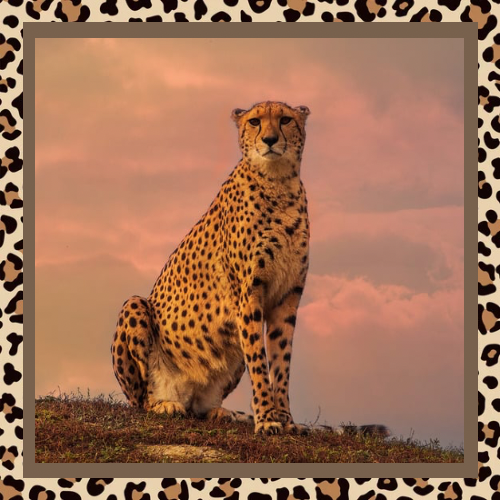
An Unprecedented Sprint.
Cheetahs are well known for their speed skills as they can reach speeds of 60 to 70 miles, per hour (96 112 km/h) and accelerate from 0 to 60 mph in a matter of seconds! Whats truly remarkable is their agility in changing direction at high velocities which comes in handy when hunting animals, like gazelles and impalas across the vast savannas they call home.
Cheetahs have developed features to excel in sprinting activities over time and survive in their environment better suited for speed and agility.
Crafted for swiftness than endurance.
While cheetahs are known for their speed capabilities when running at speeds in short bursts lasting around 20 to 30 seconds; they need to take breaks afterward to recover for approximately 30 minutes due to the energy they expend during such sprints and the heat they produce while running at full tilt—it’s a delicate balance for them to avoid overheating by choosing their sprint opportunities wisely..
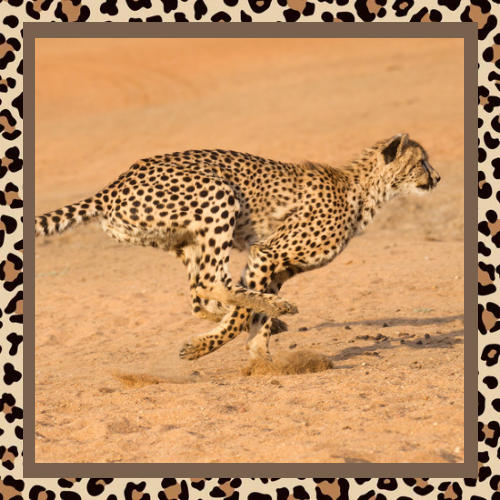
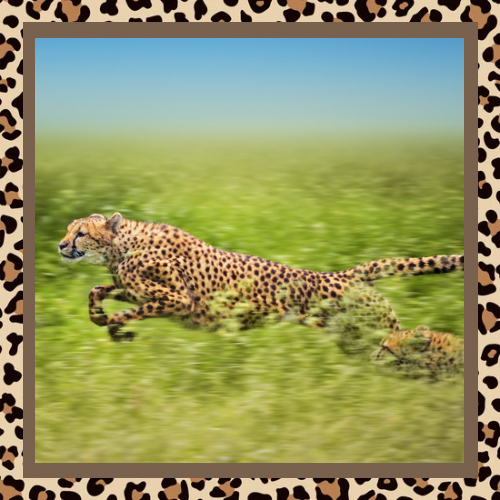
Unconventional Hunting Strategies.
Cheetah are known to hunt and use their speed and stealth than brute force in capturing prey animals. Cheetah stalk their potential meal from afar under the cover of tall grass found in savannas when they get within a range of 50 to 100 meters from their target they unleash their incredible sprinting abilities.
Unlike many other large cats cheetah have non retractable claws which provide them with better traction resembling the spikes worn by track runners.
It’s fascinating that cheetahs also sport streaks under their eyes that extend to the sides of their mouths which serve to lessen sunlight glare and aid them in concentrating when hunting down prey in the daytime when they are most energetic.
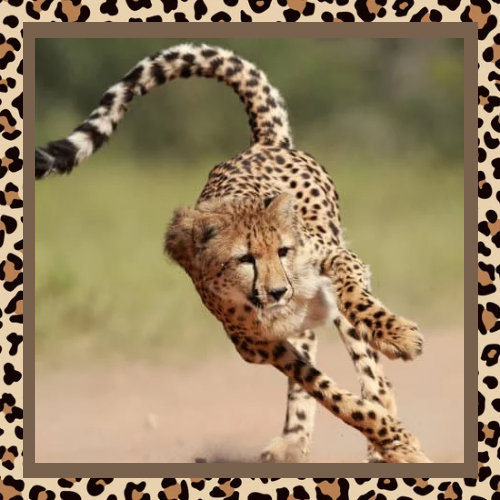
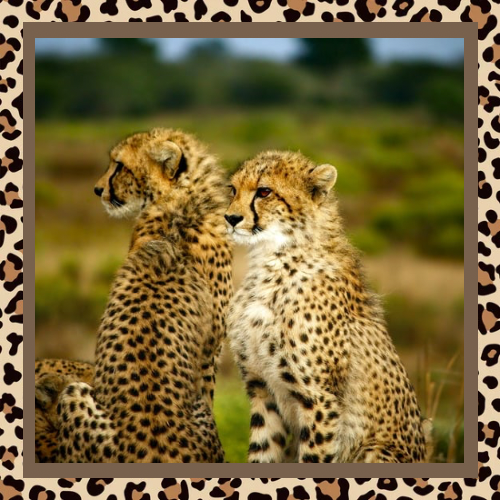
Social Behavior.
Cheetahs have a somewhat unique social structure compared to other large cats. Adult females typically live alone or with their cubs, while males often form small groups, called coalitions. These coalitions usually consist of brothers from the same litter and can last a lifetime. This cooperative behavior allows males to defend territory and hunt more effectively.
Cheetahs are famous for their vocalizations because they cannot roar like lions or tigers do instead they make sounds such as purrs and growls as well as chirps and stutters for different purposes like communication between a mother and her cubs or during social interactions and courtship activities.
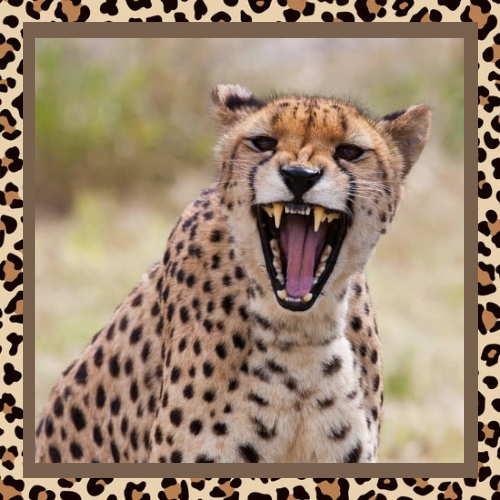
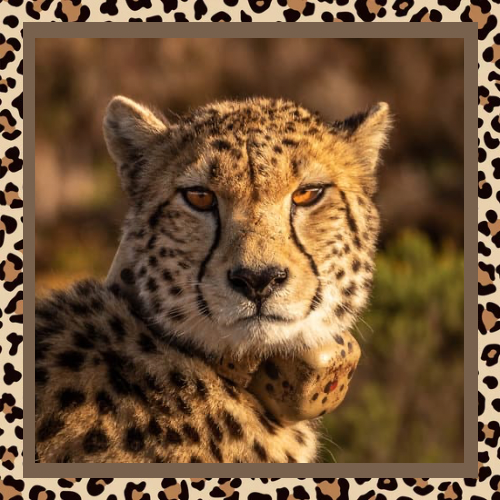
Actions for Wildlife Protection.
Cheetahs in the wild are encountering obstacles such as habitat loss caused by encroachment and conflicts with humans due to illegal poaching and livestock farming encroachments into their territories resulting in reduced prey availability and territorial challenges for the cheetah population.
Conservation groups are tackling these challenges by prioritizing the protection of habitats and involving communities in conservation efforts while also implementing breeding schemes to maintain wildlife populations diverse. One creative approach includes collaborating with farmers to encourage the adoption of shepherd dogs that protect livestock from predators like cheetahs without resorting to harmful measures.
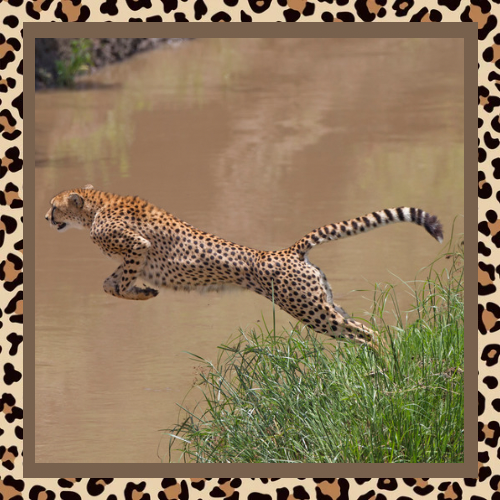
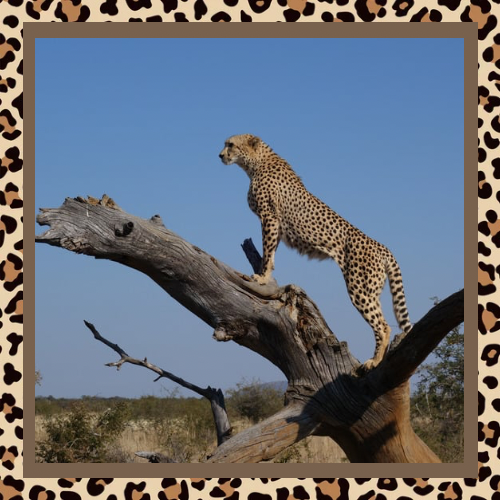
Interesting Tidbits About Cheetahs.
A cheetahs paw print stands out as it doesn’t have the claw marks commonly seen in felines due to their claws that cannot retract.
Cheetahs possess specialized noses with passages and lungs that enable them to intake more oxygen when sprinting to maintain their speed and prevent fatigue during brief pursuits.
Cheetahs have a coat that is adorned with black spots, which aids them in blending seamlessly with their environment particularly in the dry grasslands where they reside.
Cheetahs are known for their speed despite their small size compared to other big cats like lions and tigers.
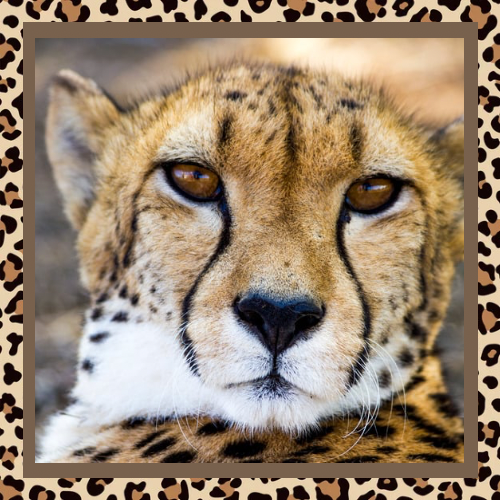
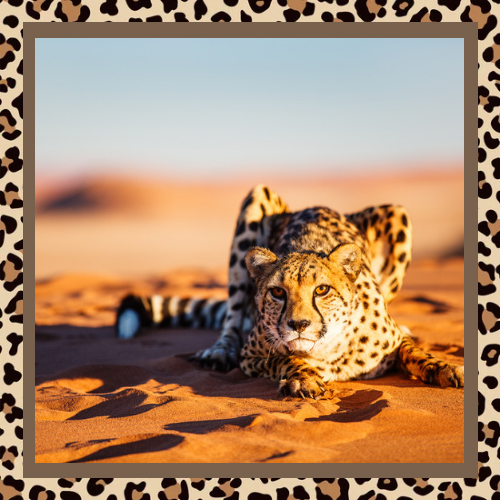
The Destiny of the Cheetah.
The fate of cheetah populations in the coming years is unclear; however, ongoing conservation initiatives offer a glimmer of hope for their preservation.Through increasing knowledge and collaborating with communities is still a possibility to safeguard this remarkable species for future generations.
References.
•Durant, S. M., et al. “The Global Decline of Cheetahs: Consequences for Ecosystem Health and Conservation Strategies.” Global Ecology and Conservation, 2017.
•Marker, L., and Boast, L. “Cheetah Conservation and Livestock Farming: Working with Farmers to Protect Cheetahs.” Conservation Science and Practice, 2020.
•Hunter, L. “Cheetahs: Biology and Conservation.” Journal of Mammalogy, 2019.
